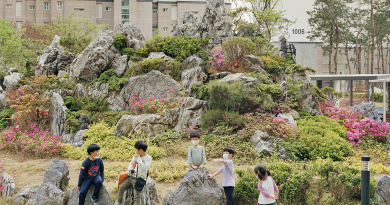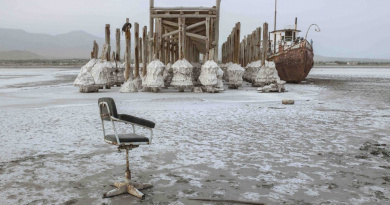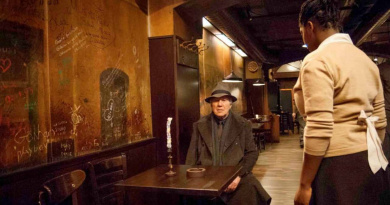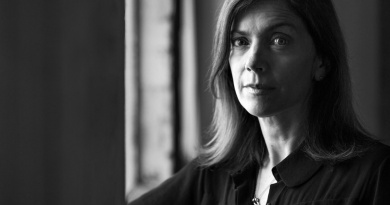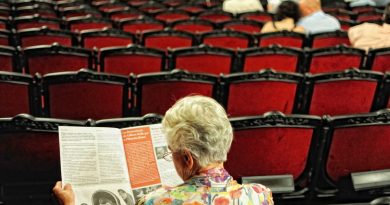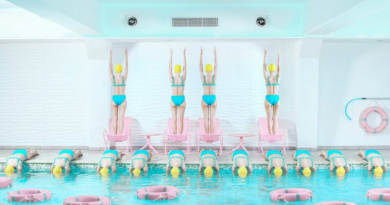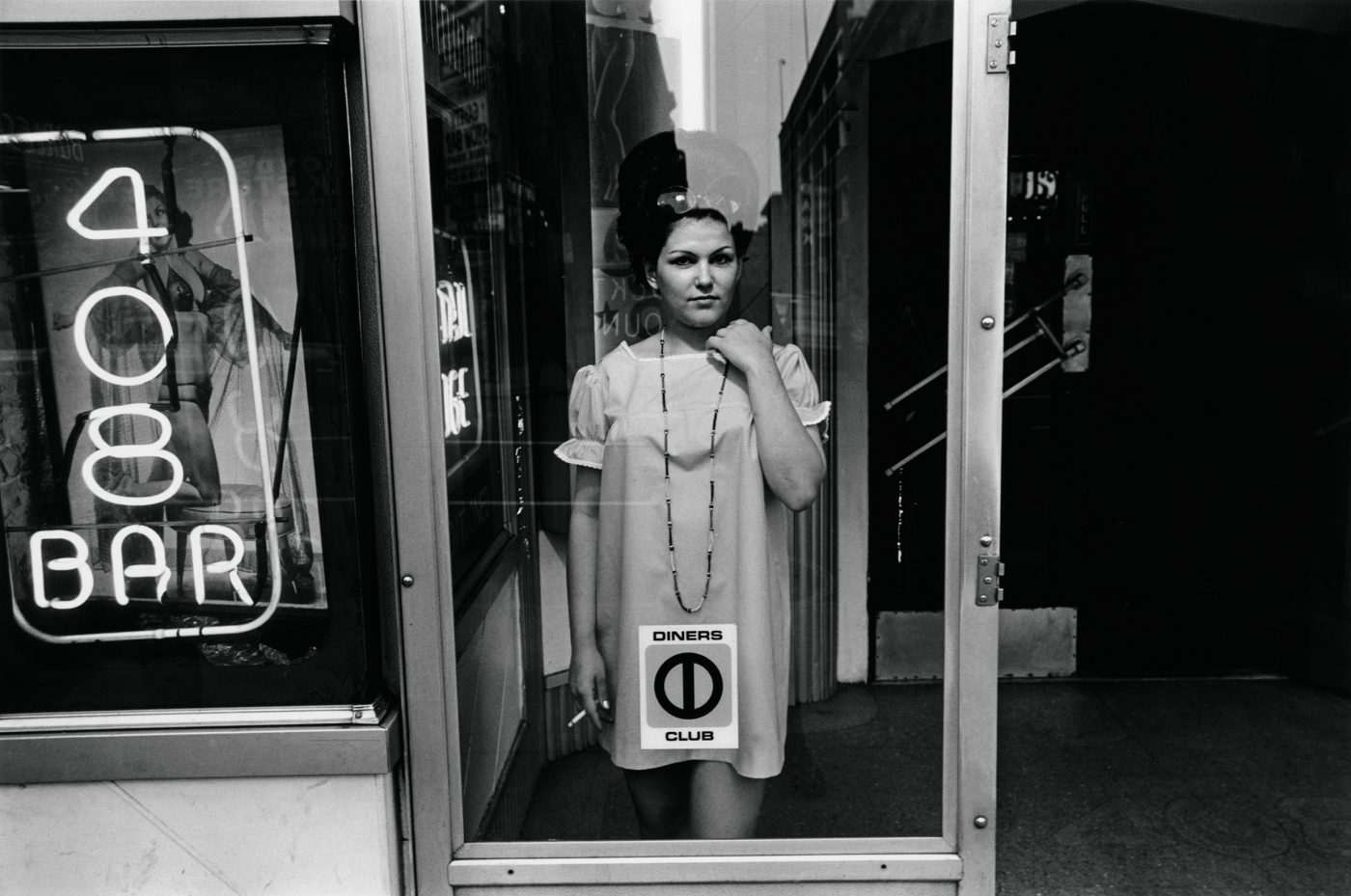
A motorcyclist races straight towards us, headlights on full beam, commanding our attention and carrying the smell of asphalt and gasoline from a TV screen into a non-descript hotel room. This photo is taken from Lee Friedlander’s Little Screens series, which sees TV sets make their triumphant entry into the daily lives of Americans, as a mass means of explaining the world. Its 1963 publication in Harper’s Bazaar paved the way for Friedlander’s later success as an artist who is now hailed as one of the most influential post-1950 photographers. C/O Berlin presents the Lee Friedlander. Retrospective until December 3, 2021 at the Amerika Haus, Hardenbergstraße 22-24, 10623 Berlin.
Cover Image: Lee Friedlander, Baltimore, Maryland, 1968
© Lee Friedlander, Courtesy Fraenkel Gallery, San Francisco
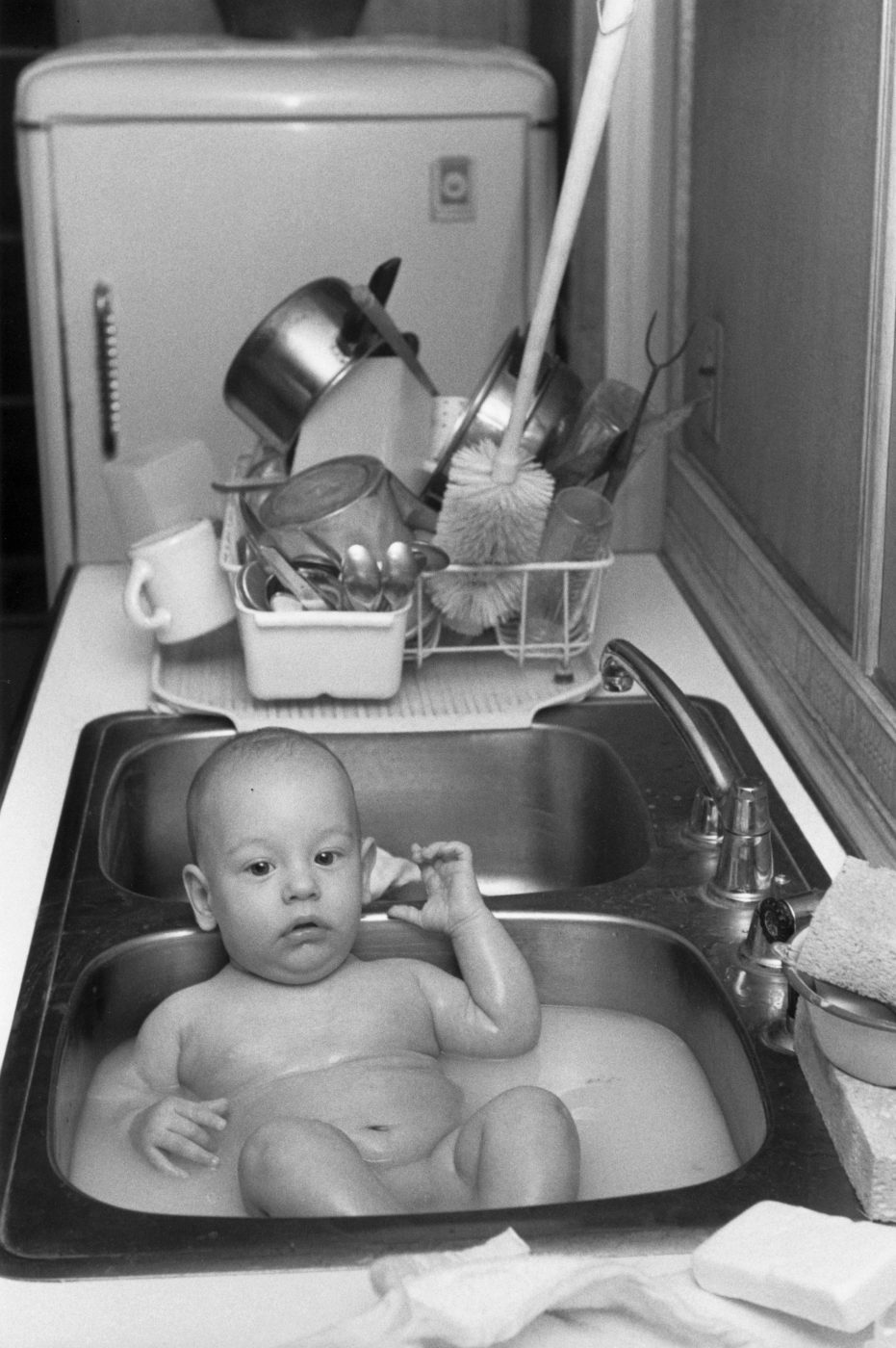
Lee Friedlander, Erik, New City, New York, 1960
© Lee Friedlander, Courtesy Fraenkel Gallery, San Francisco
Lee Friedlander
(*1934, USA) began taking photographs at the age of 14 and studied with Edward Kaminski at the Art Center School Los Angeles until 1955. Friedlander then moved to New York, where he met Diane Arbus, Robert Frank and Garry Winogrand. Grants from the Guggenheim Foundation in 1960 and 1962 enabled him to pursue non-commercial projects. As a representative of street photography, he dealt with urban space, also photographed everyday situations and staged himself in front of the camera. In 1967, he took part in the legendary New Documents exhibition organised by John Szarkowski at the Museum of Modern Art (MoMA) in New York. In 2005, the MoMA showed a comprehensive retrospective of his works. Friedlander's photo books have long been milestones of the medium, including Self Portrait (1970), The American Monument (1976), Nudes (1991) and America by Car (2010). In 2005, he received the Hasselblad Foundation Award. Friedlander's work is represented in the world's most important photography collections.
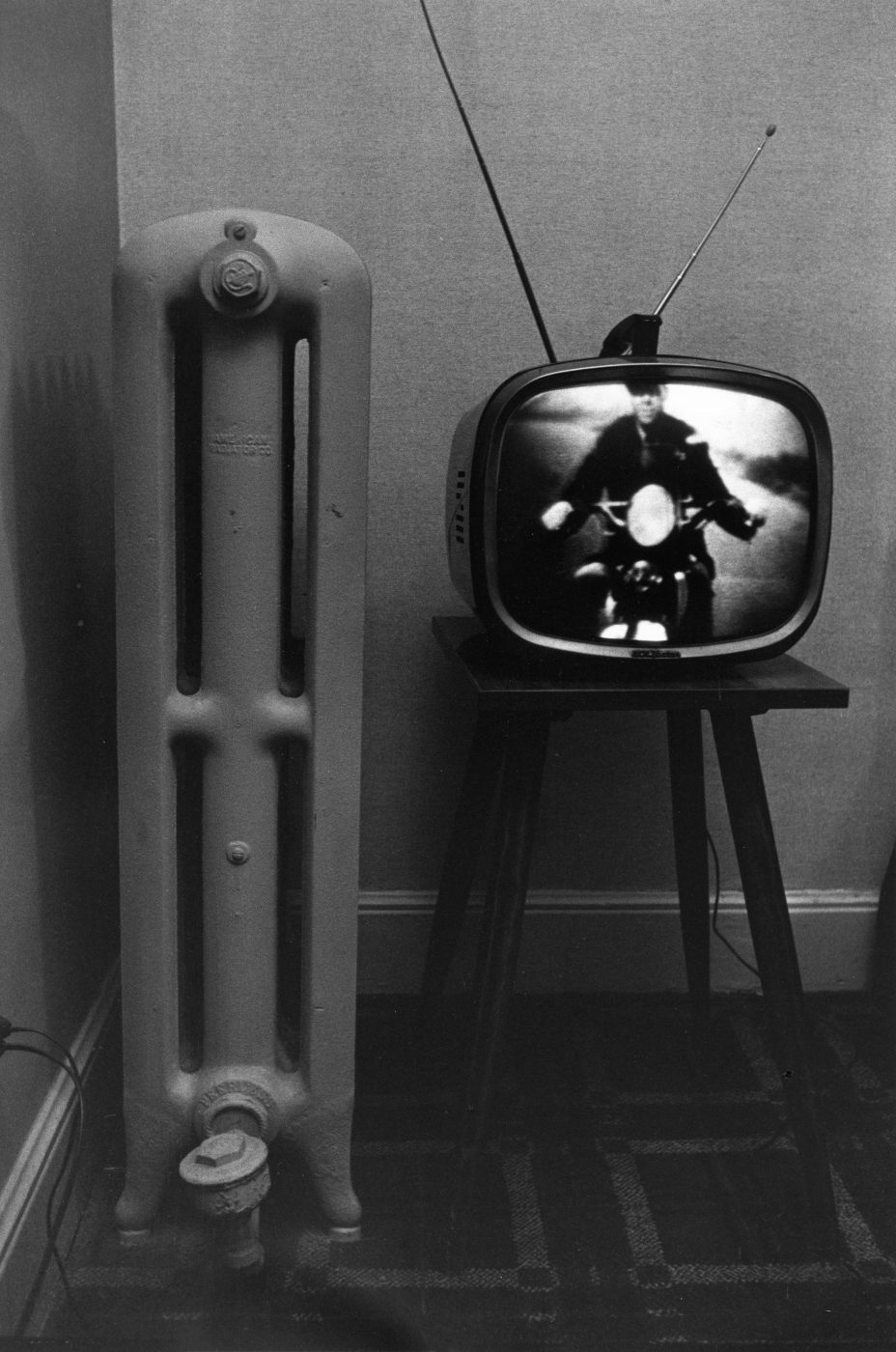
Lee Friedlander, Florida, 1963
© Lee Friedlander, Courtesy Fraenkel Gallery, San Francisco
Hosted by C/O Berlin, the Lee Friedlander. Retrospective exhibition is now celebrating its German debut, showcasing the American master’s six-decade long body of work – from his beginnings as a young photographer, snapping jazz legends for record covers, to his first non-commercial projects while on extensive road trips throughout the US and Europe, through to his photographic explorations of his own self and his family. Despite their sheer number, his photographs are highly recognizable and unique in their core visual features. Friedlander, who has yet to go a day without shooting a photo, combines intuitive experimentation with an impressive (re)collection of cultural references, utilizing public spaces to depict narratives of US history, store fronts and street scenes to make social observations. In his self-portraits, he deliberately resorts to devices such as silhouettes and mirror images, revolutionizing a genre in which such methods were long shunned and dismissed as basic mistakes. Many a time Friedlander manages to shift the rigid boundaries of the medium to his benefit.
By seamlessly combining stylistic devices reminiscent of his mentors Eugène Atget, Robert Frank or Walker Evans with various approaches rooted in aesthetic formalism, he creates new structures that become an integral part of his work. In terms of image composition, the much-quoted 'decisive moment' (Henri Cartier-Bresson) is less of a concern to him than 'decisive framing': the determining photographic moment yields its central role to a construction made up of multiple image layers. Single elements assembled by association creating new levels of meaning. The emotions he arouses in his viewers are as multi-faceted as his work – ranging from delight, to contemplation, right through to unsettlement.
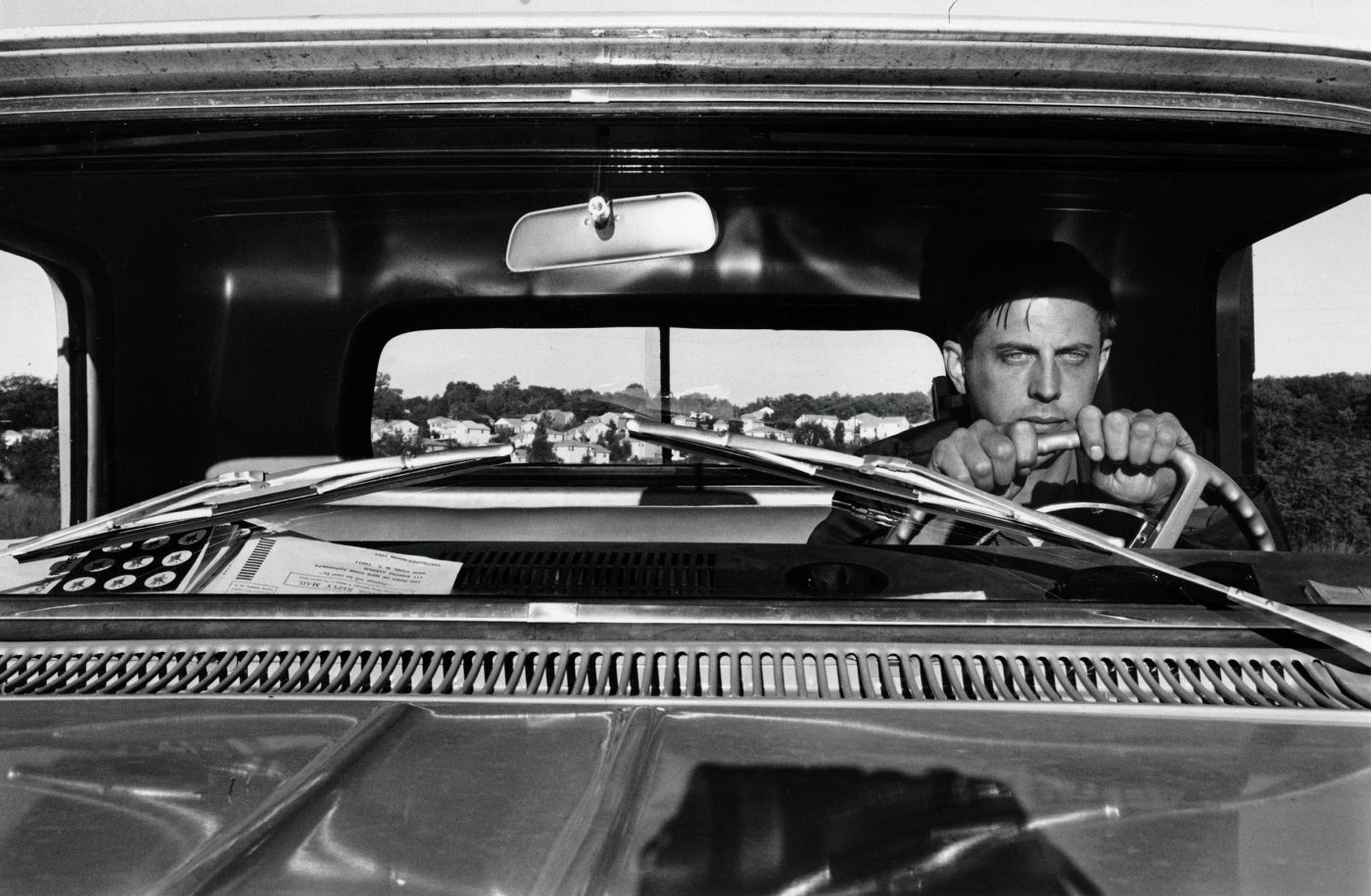
Lee Friedlander, Haverstraw, New York, 1966
© Lee Friedlander, Courtesy Fraenkel Gallery, San Francisco
The Lee Friedlander. Retrospective exhibition offers a complete, chronological overview of his artistic endeavors. Friedlander is known for compiling his work into series, which are expanded and regularly updated over several years. Alongside the projects that produced such highly acclaimed books as The Little Screens (1963), The American Monument (1976) and America by Car (2010), this exhibition features a wide range of portraits, self-portraits, family photographs, nature shots and cityscapes. Over time, his images have acquired an even deeper meaning. They are currently considered some of the most iconic photographs of everyday life in the US, bearing testimony to their ongoing validity as representations of America’s social landscapes.
35 years after his first exhibition at the US Information Center of the Amerika Haus in Berlin, C/O Berlin is now unveiling 300 photographs and 40 books as well as miscellaneous material providing a variety of insights into Lee Friedlander’s style-defining body of work. This exhibition is organized by Fundación MAPFRE in cooperation with C/O Berlin. Supported by C/O Berlin Friends.
C/O Berlin Foundation. Amerika Haus
Hardenbergstr. 22–24 . 10623 Berlin
until December 3, 2021
Daily 11:00–20:00
Our online magazine is free of advertisements. We do everything out of love and dedication. We are not profit oriented. Support Tagree that the magazine remains ad-free and the monthly costs can be paid. TAGREE, I love your cultural work, I donate to show you my appreciation, voluntary, one-time or regular monthly or per quarter:




